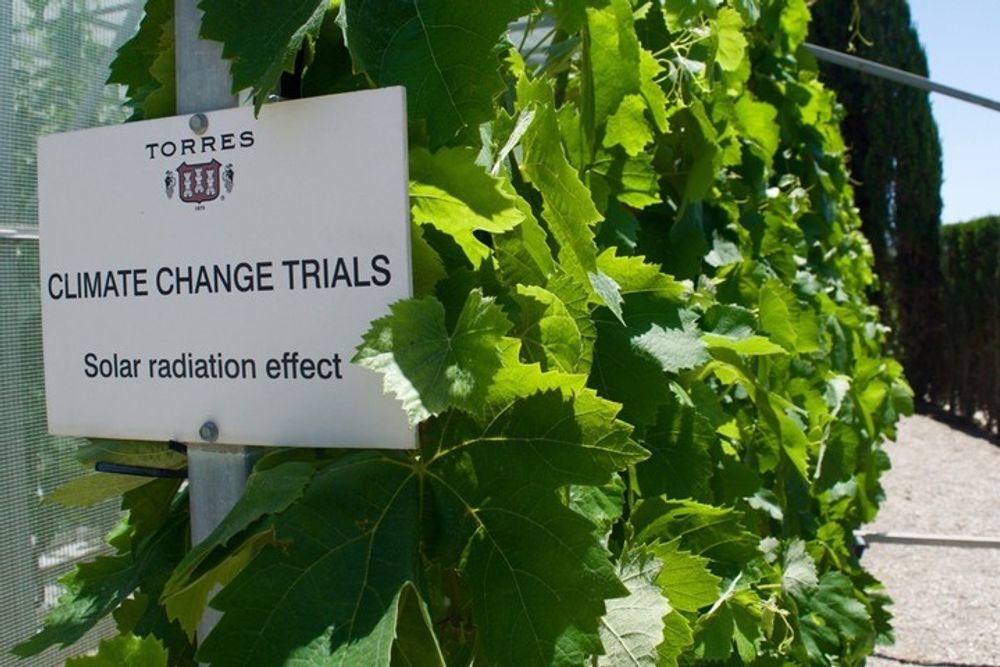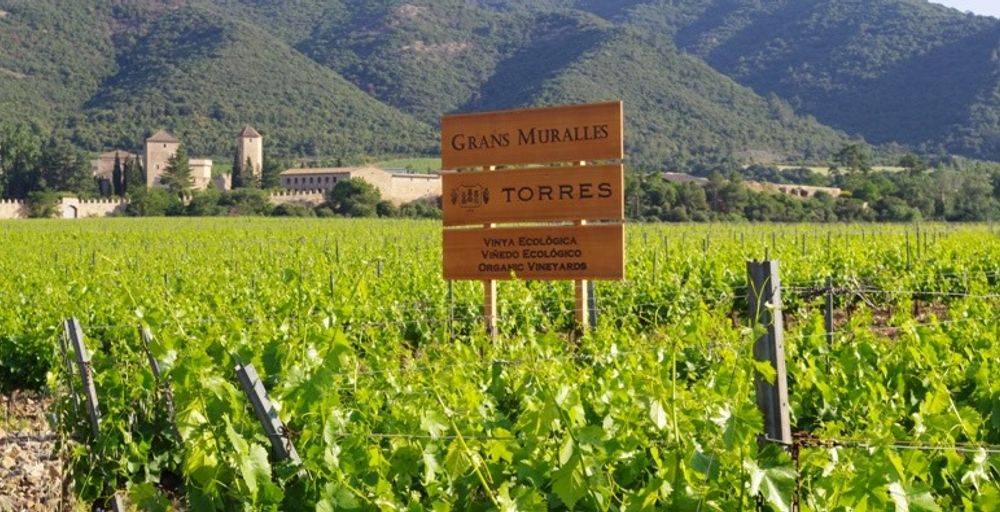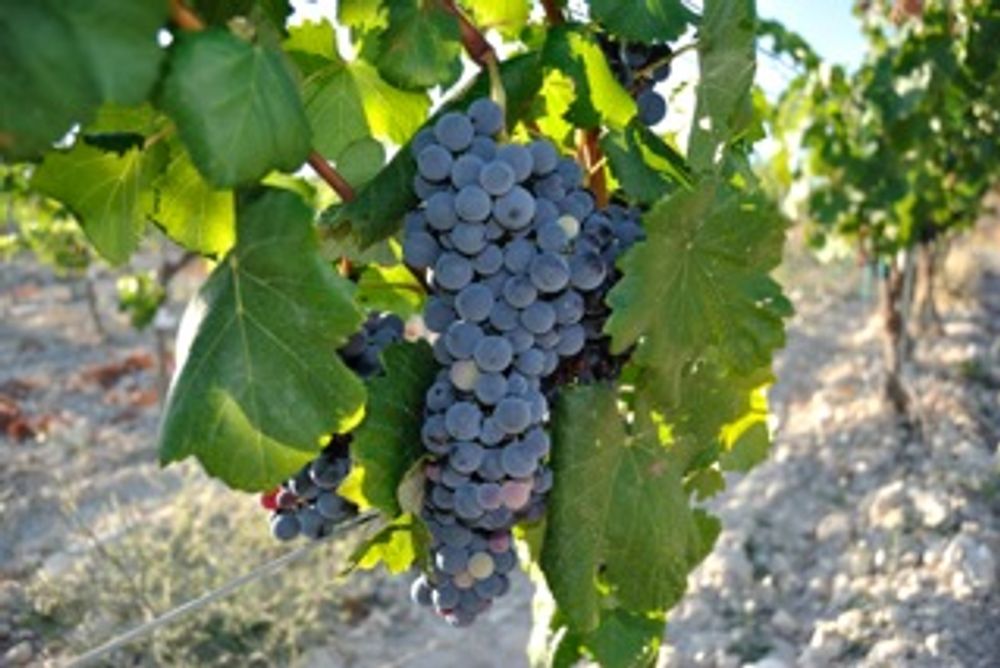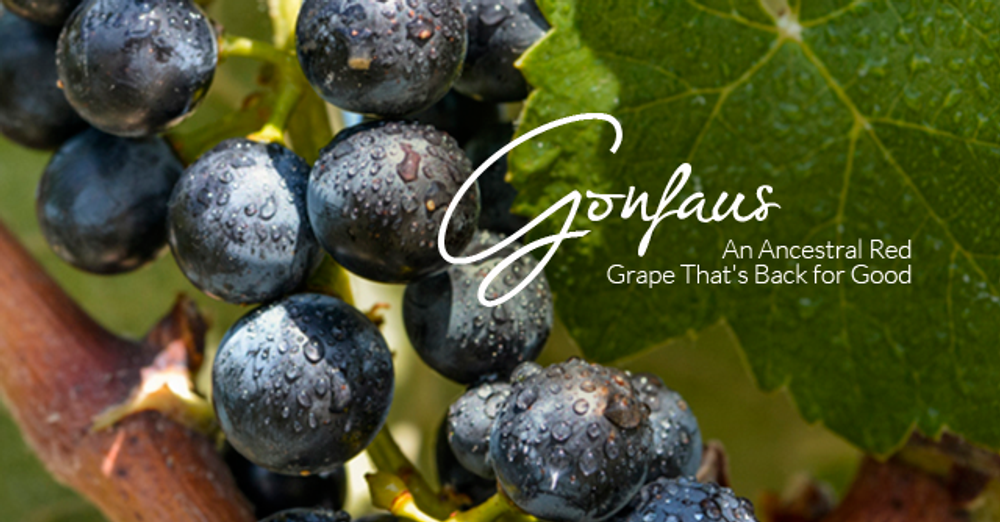We look at how Bodegas Torres, one of Spain’s most progressive wine producers, is breathing new life into traditional, ancestral varieties that were believed to be extinct after the phylloxera plague of the late 19th century.
You would think Torres has enough on its plate looking to shepherd what is now such a global business selling and making wine in markets all around the world. But whilst it looks to take its modern style of predominantly Spanish wine to the masses, it is also quietly going back in time looking at the history of winemaking in its Catalonia homeland.
Its Ancestral Varieties project now dates back some 30 years and is responsible for rediscovering almost 50 varieties, six of which could have genuine enological potential.
The primary focus of this initiative, however, is not just to bring back grape varieties generations after they were last used to make wine. It has a much wider perspective, says Miguel Torres Maczassek, general manager of Bodegas Torres.
He explains why: “Bringing back ancestral varieties is an exercise in viticultural archaeology to recover our heritage. By returning to the past and reviving varieties used by our ancestors, we can look to the future and find the kind of authenticity that will result in extraordinary wines that are truly special and cannot be made the same way anywhere else on earth.”
By understanding the type of varieties and vines that have prospered so well in its soils before,will help the Torres family work better with the grapes and terroir they now have in their vineyards.
Back in time

Miguel Torres will be presenting his latest thoughts on climate change
The project first stared in the early 1980s when Miguel Torres, president of Bodegas Torres and fourth generation of this pioneering Spanish wine family, started to look at the idea of bringing back ancestral varieties. Which meant going Indiana Jones style out into the country looking for vines that may have somehow survived the phylloxera plague. All based on the theory of Professor Boubals, a leading expert in viticulture who taught at the University of Montpellier, where Torres had studied for a year.
The search first started in earnest back in 1983 when Miguel Torres, along with his head of viticulture, Miguel Porta, started to look closely for pre-phylloxera vines in the Penedès region.
The first step was to try and fine old vines and determine if they were indeed varieties that were no longer cultivated.To do so meant going out to the public and putting advertsin local and regional media, calling on Catalan farmers to get in touch with Bodegas Torres if they came across vines they could not identify.
The first breakthrough came in the mid-1980s when a vine was found on the terraced slopes of the Garraf Massif that Torres’s technical team could not identify.This was indeed an unknown variety, later identified as Garró.
For the next 1o years every millimetre of that single vine was analysed, “checked for disease, propagated in vitro, acclimatized, and studied to understand its adaptation, characteristics and enological potential”.
The results were promising, and the decision was made to plant the variety in Conca de Barberà and add it to the blend of the first Grans Muralles vintage in 1996.
Then in 1998 a second variety was found and named Querol after the village where it was found. The 2009 vintage was the first Grans Muralles blend to include grapes from the Querol vines.
The next stage

The Ancestral Varieties project has now passed to the fifth generation of the Torres family and Miguel Torres, the winery’s general manager, who has already had great success at Torres’ Chilean winery in working with and helping to revive Chile’s traditional País variety.
He, along with Mireia Torres, head of knowledge and innovation at Torres, and a dedicated wine team are now looking for new vines and projects that can be incorporated into the Torres wine portfolio. A project they continue to do in collaboration with INCAVI, the Catalan Institute of Vines and Wines, in order to select the varieties with the greatest enological interest and potential.
Of the 50 varieties that have so far been found, six are seen as having the most interest from a modern winemaking point of view and have been authorised by the Ministry of Agriculture.
What makes them even more interesting and potentially important in light of climate change is they have been found to be significantly resistant to both heat and drought.
The search for ancestral varieties has now been expanded to include other wine regions such as Rioja, Ribera del Duero, Rueda and Rias Baixas.

Step by step
Since 2000 Bodegas Torres’s research team has collaborated with INRA (France’s National Agricultural Research Institute) in order to establish and implement different stages when looking to revive ancestral varieties. These include:
Searchfor varieties
By placing ads in different local and regional media, Torres lets the public know of its interest in reviving old Catalan varieties that are not currently grown. This lets winegrowers or vineyard owners know that they can contact the company if they happen to come across an old vine. When a potential case presents itself, Torres’s technical team conducts a preliminary evaluation on site.
Identification and classification
In order to identify different varieties, ampelographers analyse the morphology of the shoots, new leaves, mature leaves, canes as well as the grapes. The ampelographic examination is complemented by DNA analysis of the vine to dispel any remaining doubts about the variety.If the variety is identified as being unique, the team then completes a detailed and exhaustive description of the morphological characteristics of the shoots, new leaves, canes and clusters.
Evaluation and enological potential
In order to study the behaviour of these varieties under normal reproductive conditions, the cultivars are planted in Torres’ Mas Rabell pilot vineyard in the district of Sant Martí Sarroca in the Penedès. This allows for an in-depth analysis of the vegetative and productive parameters of each individual variety. The vines produce a very small crop, which is harvested to make microvinifications in order to evaluate the enological potential and organoleptic quality of the wines.
Adapting to the vineyard
The varieties displaying enological potential are planted in Bodegas Torres’s vineyards in L’Aranyó and Tremp (in Costers del Segre in the province of Lleida) to evaluate their behaviour under more extreme climate conditions. Once the ideal conditions for each variety have been identified and its enological potential verified, the process of registering it with the relevant authorities begins, while research trials continue in the vineyard and winery.
Ancestral varieties brought back to life
Garró
Garró was the first variety Bodegas Torres was able to revive. First found on the terraced slopes of the Garraf Massif in the mid-1980s it was in the early 1990s planted in Conca de Barberà, specifically in the Grans Muralles vineyard, which the winery had purchased in 1986.
After a long acclimatisation period it was initially used in the blend of the first Grans Muralles vintage (1996). This late ripening, low yield variety is said to add “great aromatic complexity” to wine. Torres also says it “displays intense notes of green leaves and ripe black fruit. They are big on the palate, with lots of character and lively tannins”.
Querol
The discovery of another old vine in 1998 near Querol (Tarragona) saw the resurgence of a variety that would eventually be named after the village where it was found.Planted in the Les Muralles vineyard in Conca de Barberà, it is one of the few known varieties that is completely female. This means that unlike most vinifera vines, its flowers are female rather than hermaphroditic. This attribute affects the size of the berries, which are smaller and more irregular, and makes for a low-yielding variety.
Torres says Querol wines “are intense and fruity (forest fruit, pomegranate juice) with a big, concentrated, nervy palate that displays good acidity”.
Moneu

The Moneu variety
Moneu was also found in 1998 near Querol, on the edge of the Penedès appellation of origin. It is named after Coster de Moneu, located to the south of the village.The variety has been planted on the Purgatori estate in L’Aranyó (between Juneda and Borges Blanques) in Costers del Segre and, in 2016, at La Bleda castle in Penedès, specifically in the municipality of Santa Margarida i els Monjos. It is a red variety that handles high temperatures and drought very well. The wines offer intense aromas of fragrant fresh fruit; they are lush on the palate with well-defined acidity, good concentration and supple tannins.
Gonfaus

Torres’ work with ancestral varieties goes hand in hand with his research into how to grow vines in face of climate change
This red variety, found around Lluçanès in Osona county in 1998, has adapted very well to the Purgatori estate in Lleida, much like Moneu. Here the climate conditions are extremely dry, with striking shifts between daytime and nighttime temperatures. Gonfaus is a very low-yielding variety. The wines display complex aromas of ripe fruit with slightly spicy undertones, and well-integrated acidity, good concentration, and ripe, sweet tannins on the palate.
Forcada
Forcada is a white variety found in Ripollès county, which has been planted in Alt Penedès, in a vineyard with clay soils at an elevation of 450 meters, far from any maritime influence. This long-cycle variety is very vigorous and productive. It is surprising in its aromatic intensity and freshness. The varietal profile is distinctly Mediterranean with aromas of herbs, white flowers andvery fine citrus notes.
Pirene
Found in the foothills of the Catalan Pyrenees, Pirene is now growing in the Torres family’s estate in Tremp (Lleida) at 950 meters above sea level. It is a strongly pigmented red variety with high tannin levels, tons of red fruit and a spicy, minerally nuance. The elegant palate is surprising in its texture and finesse, revealing flavorful, fresh fruit.









































